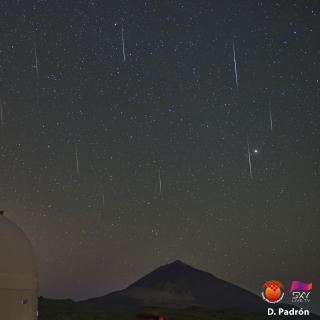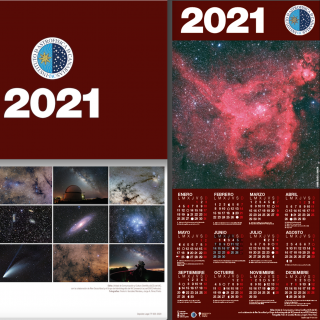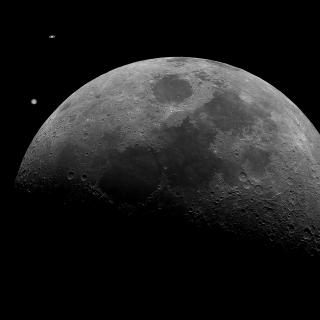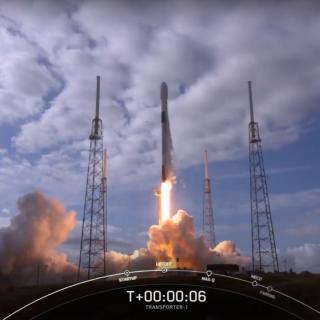
This afternoon the DRAGO infrared camera, developed by the team at IACTEC-Space, of the Instituto de Astrofísica de Canarias (IAC), and integrated into the ION satellite carrier of the Italian company D-Orbit, has been successfully launched into space on Space X’s Falcon 9 rocket. The Transporter-1 mission, as it is called, was carried out without a hitch during the first hour of the launch window which opened at 15:00 h UTC, from Space Launch Complex 40 at Cape Canaveral Space Force Station in Florida (USA).
Advertised on
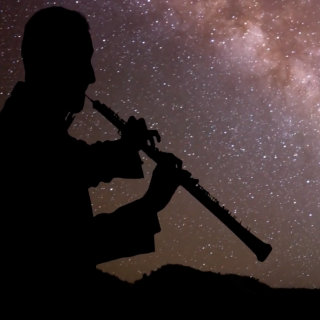
 and CO(7-6) ALMA maps of the narrow (broad) emission HST imaging and narrow and broad components ALMA maps of ID2299. The top-left panel shows the HST-F814W imaging of the source, sampling the UV rest-frame emission from young stars. The top (bottom) rows show the CO(2-1), CO(5-4), [CI](2-1) and CO(7-6) ALMA maps of the narrow (broad) emission](/sites/default/files/styles/crop_square_2_2_to_320px/public/images/news/nature_210111.png?h=3df1cc9d&itok=uyk1HUVd)
